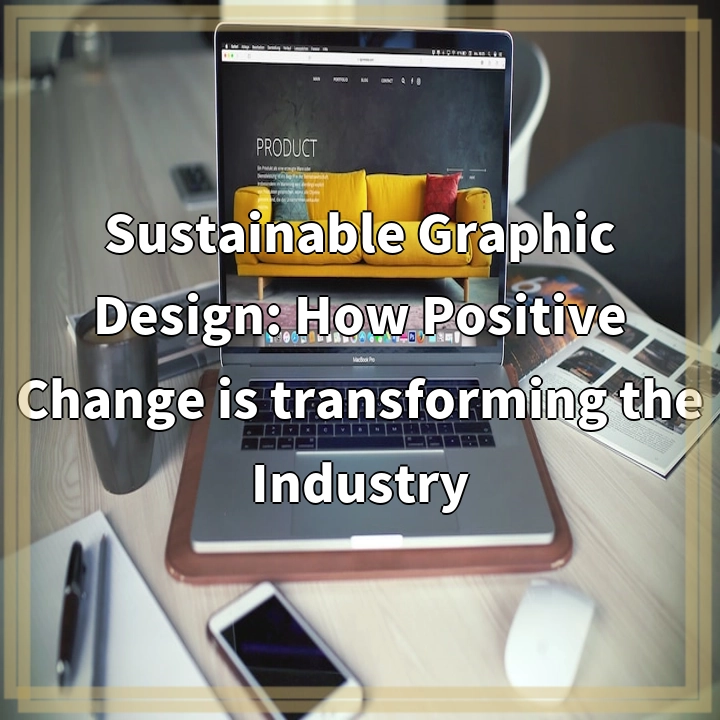
What is Green IT?
Green IT, also known as Green Information Technology, refers to the practice of using technology in an environmentally responsible and sustainable manner. It involves minimizing the environmental impact of IT operations, such as energy consumption, electronic waste generation, and carbon emissions. Green IT encompasses various strategies and initiatives that aim to promote energy efficiency, reduce resource consumption, and mitigate the environmental consequences of technology use. This includes implementing energy-saving technologies, optimizing data centers, promoting recycling and proper disposal of electronic devices, and adopting eco-friendly practices in IT infrastructure management.
Real-World Problems Associated with Green IT
1. Energy Consumption:
The exponential growth of technology in recent years has led to an increased demand for energy to power IT systems and data centers. The energy consumed by IT infrastructure and equipment contributes to carbon emissions and environmental degradation. Finding sustainable energy solutions and reducing energy consumption without compromising performance are key challenges in the Green IT field.
2. E-Waste Management:
The rapid advancement of technology has led to a significant increase in electronic waste (e-waste), which contains hazardous materials that can pollute the environment if not properly managed. Green IT aims to address this problem by promoting recycling, reuse, and responsible disposal of electronic devices. However, the proper handling and disposal of e-waste continue to be major challenges, especially in developing countries where regulations and infrastructure for recycling may be lacking.
3. Carbon Footprint:
Data centers, computers, and other IT equipment generate significant amounts of greenhouse gas emissions, contributing to climate change. Green IT initiatives focus on reducing carbon emissions through energy-efficient hardware and software, virtualization, and cloud computing. However, measuring and optimizing the carbon footprint of IT operations remains a complex task that requires advanced technology and careful monitoring.
4. Sustainability Standards:
Green IT faces challenges in establishing and implementing sustainable practices across the industry. Setting common sustainability standards and guidelines for IT products, services, and operations can ensure a more uniform and impactful approach. However, the lack of globally accepted standards, as well as varying regulations and practices across regions, pose significant obstacles.

Solutions for Green IT Challenges
1. Energy Efficiency:
To address the energy consumption challenge, organizations can implement energy-efficient hardware and software solutions. This includes using low-power processors, optimizing cooling systems, and adopting power management practices. Additionally, data centers can explore renewable energy sources like solar or wind power to reduce their carbon footprint. Implementing energy audits and monitoring tools enables organizations to identify areas of improvement and track energy consumption more effectively.
2. E-Waste Management:
Proper e-waste management involves implementing recycling programs, encouraging responsible consumer behavior, and partnering with certified e-waste recyclers. Organizations can establish take-back programs or collaborate with electronic manufacturers to ensure the proper disposal and recycling of electronic devices. Raising awareness among consumers about the importance of recycling and providing convenient collection points for e-waste can help address this issue effectively.
3. Carbon Footprint Reduction:
Reducing the carbon footprint of IT operations can be achieved through initiatives like server virtualization, data center consolidation, and cloud computing. Virtualization allows multiple virtual servers to run on a single physical server, reducing energy consumption and physical infrastructure. Data center consolidation involves consolidating multiple data centers into more efficient and sustainable facilities. Cloud computing enables organizations to scale their IT infrastructure based on demand, reducing the need for excessive hardware and energy consumption.
4. Sustainable Practices and Standards:
The establishment of sustainability standards and certifications in the IT industry ensures the adoption of best practices and environmental responsibility. Organizations can pursue certifications like LEED (Leadership in Energy and Environmental Design) for data centers and EPEAT (Electronic Product Environmental Assessment Tool) for electronic devices. Compliance with these standards helps organizations meet environmental goals, gain credibility, and contribute to a more sustainable IT ecosystem. Collaboration and knowledge-sharing among industry stakeholders also play a crucial role in shaping and enhancing sustainable practices.















